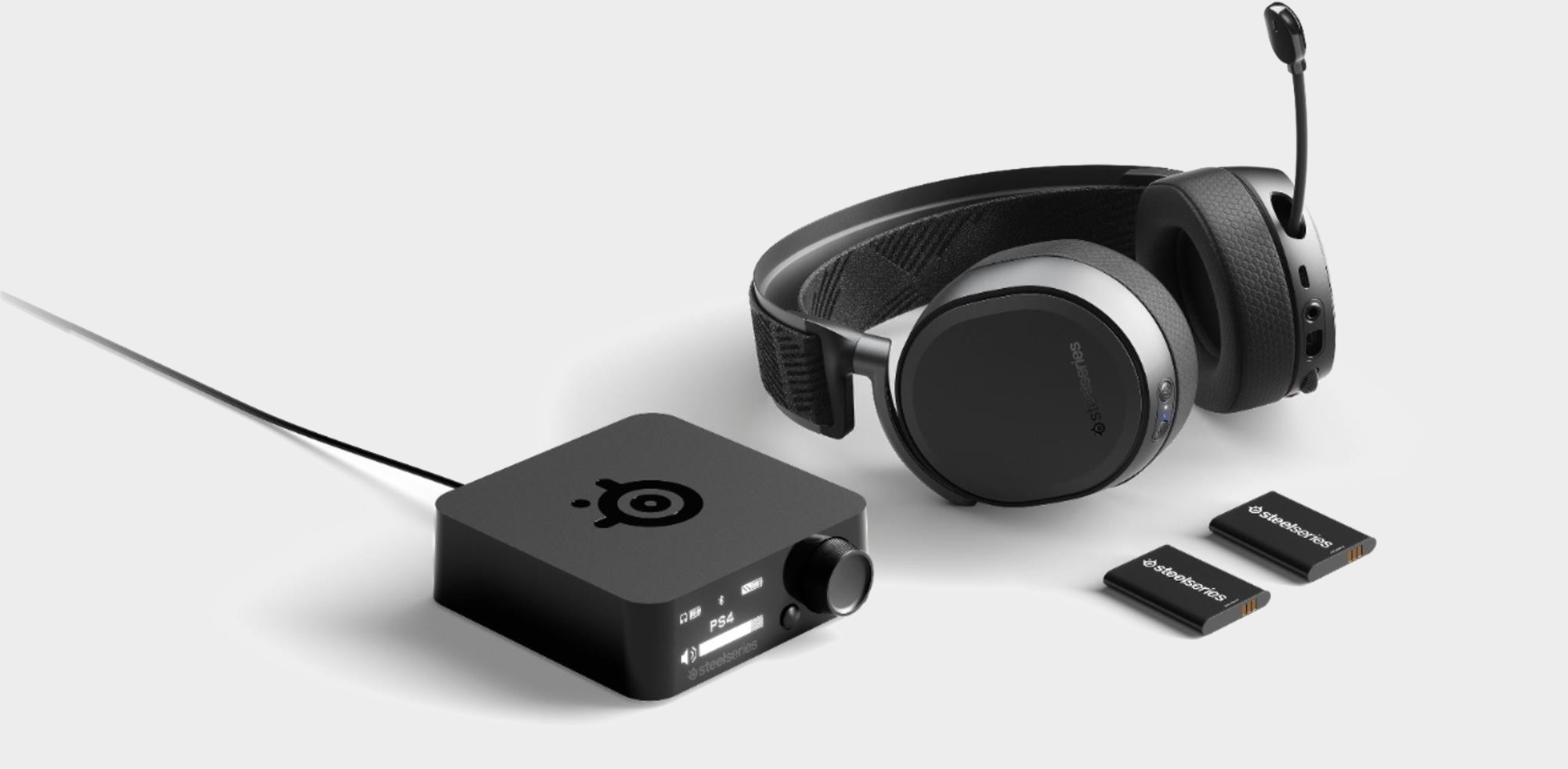Anyone who was blessed with a Steam Deck that came through with the first round of Q1 orders will likely be aware of a glaring issue: the ridiculous fan whine. It's caused upset across the Steam Deck forums, and has seen a bunch of people sending their Decks back to Valve for RMA.
In asking the question “How loud is the Steam Deck?” we discovered it's not the decibels that make the fan an issue, really. Particularly when travelling with our Deck out, we couldn't hear it over the general noise inside the airplane cabin. No, it's the pitch that really takes the biscuit. It's enough to get you relegated to the sofa for the night, after playing with your Deck on full power in bed.
People across the web have been trying all sorts of hacky fixes to try and get a handle on the mosquito-esque noise piercing their eardrums. One Reddit user even reported improvements after jamming electrical tape into their Steam Deck, and although we wouldn't necessarily recommend that as a solution, it did seem to work for some users.
If your Steam Deck fan is whining like a babe that's had its candy stolen, you could always wait for iFixit to come out with replacement fans. Or you could do what we did, and go in for the latest Steam Deck OS beta software update.
The beta OS patch notes don't actually say anything about improving the fan whine specifically, but it's become clear from trawling the comments on several Reddit posts that many have seen improvements since updating. The drawback, as many report, is increased GPU temps.
Firing up Euro Truck Simulator 2 on the Deck, we found our baseline to test from. On high graphics settings, we got around 63–68°C on full load, with the fan pitch whirring up to somewhere in the region of 1000Hz. That translates to a C6, which is a super high note, and not one you want to be hearing constantly while you're trying to kick back on the open road.
After downloading the new OS beta, the difference was evident almost immediately. Even on the menus there was a discernible change of pitch, and it genuinely sounded quieter in-game. The fan seemed to have calmed down then, but it turns out the trade-off is a pretty intense uptick in GPU temperatures.

Best wireless gaming mouse: ideal cable-free rodents
Best wireless gaming keyboard: no wires, no worries
Best wireless gaming headset: top untethered audio
High graphics served up closer to 75°C, and maxed out at 79°C, on the beta OS—not ideal but still in the acceptable temperature zone for a portable gaming machine.
It's important to note that this update is still in beta, so Valve devs are likely still tweaking it as the feedback comes in. Make sure you report what you find, should you install it, so they've got a larger sample to make decisions from. Here's hoping they find a nice medium, because 10°C is a lot of heat to put up with just for silencing those fans.
Maybe the best option for now is to invest in one of the best gaming headsets to block out the noise, instead of putting more strain on that little custom AMD GPU.
- "
- About
- across
- Airplane
- All
- AMD
- Anything
- around
- Baseline
- BEST
- beta
- Bunch
- candy
- caused
- change
- closer
- comments
- could
- credit
- Devs
- DID
- discovered
- down
- electrical
- feedback
- First
- full
- Gaming
- General
- GPU
- graphics
- High
- hoping
- HTTPS
- image
- important
- in-game
- install
- invest
- IT
- latest
- load
- machine
- medium
- more
- Noise
- open
- Option
- orders
- Patch
- People
- Playing
- Posts
- power
- Pro
- Q1
- raises
- RE
- recommend
- report
- road
- s
- simulator
- So
- Software
- software update
- solution
- Steam
- stolen
- test
- The
- Through
- top
- truck
- Update
- users
- valve
- wait
- web
- What
- WHO
- wireless
- Work











